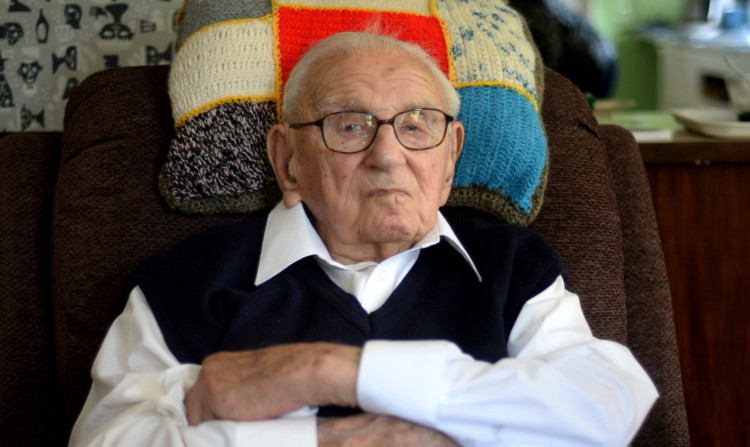
It is predicted that in 30 years’ time there will be half a million centenarians.
Shock, horror! The NHS, the gloom-mongerers tell us, will collapse under the strain. This week I had the pleasure and privilege of having lunch with one of my heroes, Sir Nicky Winton, aged 105.
He is “the British Schindler” who saved a generation of Czech children who would otherwise have been killed in the Holocaust, when he organised special trains to get them safely out of Prague in 1938.
He is physically frail, but the man behind the “Kindertransport” operation which rescued 669, mostly Jewish, children is as mentally as sharp as ever.
Having raised millions for the older people’s charity, Abbeyfields, he himself still lives in the house near Maidenhead where he brought up his family.
And he never told them of his amazing achievements, until I outed him on my TV programme, That’s Life!
On Wednesday I watched two children interviewing him for the young people’s newspaper, First News. He told them the two most crucial lessons he has learned over his long life. “Firstly”, he said, “we must all live by ethical standards, we must learn the difference between right and wrong.
“Secondly, the only way to solve the bitter conflicts raging around the world is by compromise. Compromise is not a weakness, it’s a strength.”
Now, 70 years after D-day, there is so much we can learn from the generation who lived through the last 100 years. So take heart, healthcare professionals. If we do have half a million centenarians in 30 years’ time, let’s treasure them.
It won’t be a disaster, it will be a triumph.

Enjoy the convenience of having The Sunday Post delivered as a digital ePaper straight to your smartphone, tablet or computer.
Subscribe for only £5.49 a month and enjoy all the benefits of the printed paper as a digital replica.
Subscribe